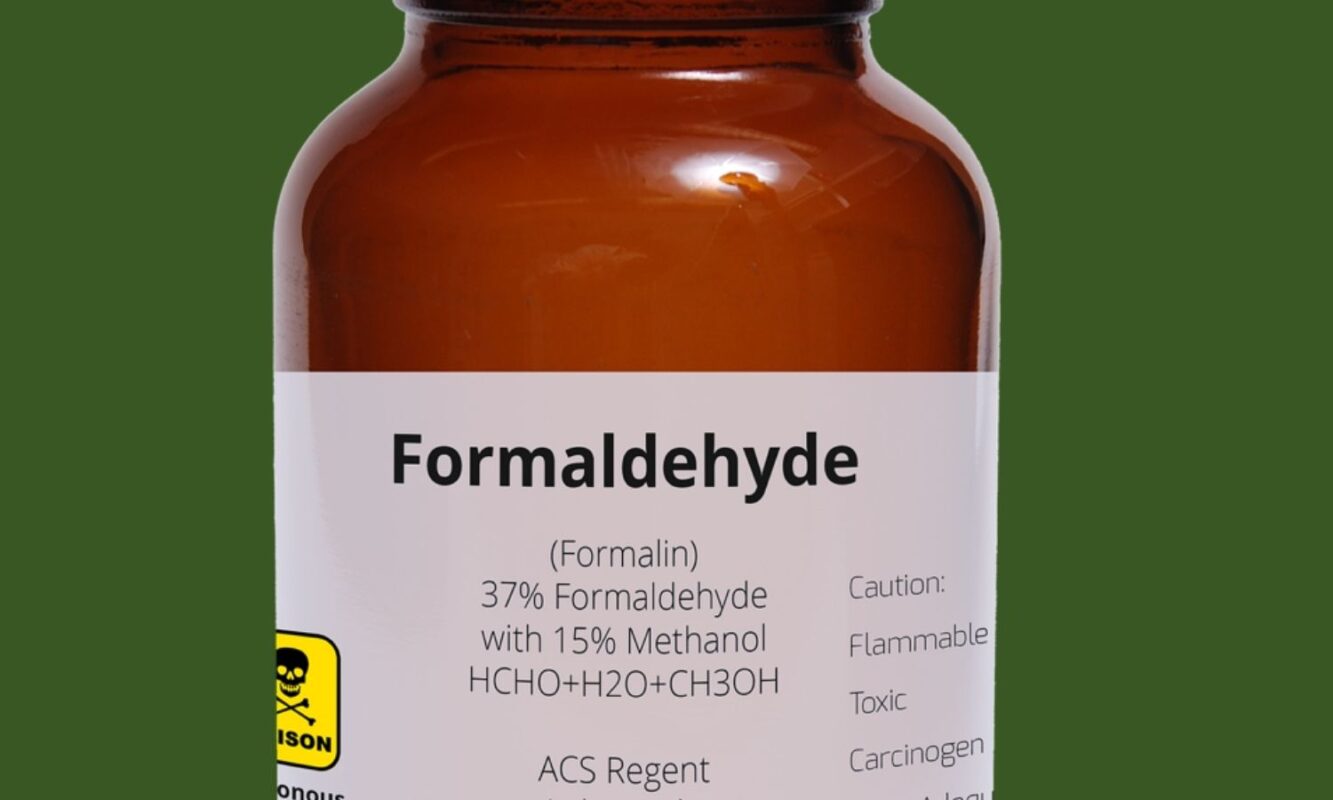Blog
Formaldehyde Structure – Understanding Chemical Composition
Formaldehyde structure forms the basis of its chemical properties, which make this compound one of the most widely used in various industries. Understanding its structure is crucial for chemists, industrial workers, and even consumers who come in contact with products containing formaldehyde. In this article, we’ll take a deep dive into the formaldehyde structure, its bonding, and its real-world applications.
What is Formaldehyde?
Formaldehyde is a simple organic compound with the chemical formula CH₂O. It is a colorless gas at room temperature with a strong odor and is used in a wide range of applications, including preservatives, adhesives, and disinfectants. Its structure is relatively simple, but its impact on industries is profound.
The Molecular Structure of Formaldehyde
The formaldehyde structure consists of one carbon atom, two hydrogen atoms, and one oxygen atom. Its formula is written as CH₂O, which represents:
- C – Carbon atom
- H₂ – Two hydrogen atoms
- O – Oxygen atom
This structure represents an aldehyde, where the carbon atom forms a double bond with the oxygen atom, creating a functional group called a carbonyl group (C=O). The carbon atom also forms single bonds with the two remaining hydrogen atoms.
Bonding in the Formaldehyde Structure
Covalent Bonds in Formaldehyde
The formaldehyde structure is held together by covalent bonds. Covalent bonding occurs when atoms share electrons, and in formaldehyde, the carbon atom shares its electrons with both hydrogen and oxygen atoms. This creates strong bonds that give formaldehyde its stability and makes it reactive enough to be used in various chemical reactions.
Carbonyl Group: The Heart of the Formaldehyde Structure
The defining feature of formaldehyde’s structure is its carbonyl group (C=O), where the carbon is double-bonded to oxygen. This bond is polar, meaning that the oxygen atom pulls more strongly on the shared electrons than the carbon atom, giving oxygen a slightly negative charge and carbon a slightly positive charge. This polarization makes formaldehyde highly reactive, especially in organic synthesis reactions.

Formaldehyde Structure in Industrial Applications
The simplicity of the formaldehyde structure makes it incredibly versatile in industrial applications. Below are some of the common uses of formaldehyde:
Adhesives and Binders
Formaldehyde is widely used in the production of adhesives and resins. The reactive nature of its carbonyl group allows it to form strong bonds with other molecules, making it ideal for creating durable, heat-resistant adhesives used in particleboard, plywood, and other wood products.
Preservatives in Laboratories
The formaldehyde structure allows it to be an effective preservative, especially in biological specimens. Formaldehyde reacts with proteins and nucleic acids, stabilizing tissues and preventing decay, which is why it’s commonly used in embalming and as a fixative in laboratories.
Disinfectants
Due to its strong reactivity, formaldehyde is also employed as a disinfectant. The formaldehyde structure disrupts the cell walls of bacteria and other microorganisms, making it effective at killing germs and preventing the spread of infection.
Health Implications of Formaldehyde
While the formaldehyde structure enables its extensive use in industry, it is also important to understand the potential health risks associated with exposure. Formaldehyde is classified as a volatile organic compound (VOC) and can be harmful when inhaled in high concentrations. Prolonged exposure can lead to irritation of the eyes, nose, throat, and lungs.
Safe Handling of Formaldehyde
Due to these potential health hazards, it’s crucial for industries to handle formaldehyde with care. Proper ventilation, protective equipment, and safety measures are necessary to limit exposure and protect workers.
How the Formaldehyde Structure Affects Its Properties
The structure of formaldehyde significantly influences its physical and chemical properties. Because of its simple composition and reactive carbonyl group, formaldehyde has the following characteristics:
- Boiling Point: -19°C (gas at room temperature)
- Solubility: Highly soluble in water, forming formalin (a 37% solution in water)
- Reactivity: Reacts easily with other organic molecules, making it useful in chemical synthesis
Importance of Understanding Formaldehyde Structure
Chemists and industry professionals must have a solid understanding of the formaldehyde structure to effectively work with it. Its structure plays a crucial role in how it behaves in chemical reactions and industrial applications. Whether you’re dealing with adhesives, disinfectants, or preservatives, the formaldehyde structure is at the heart of its functionality.
Future Applications of Formaldehyde
As industries evolve, so does the usage of formaldehyde. Its simple but reactive structure makes it a candidate for future developments in synthetic chemistry, materials science, and even pharmaceuticals. Researchers are actively investigating ways to harness the formaldehyde structure for new, innovative applications, while minimizing environmental and health impacts.
Conclusion
Anyone involved in chemistry, industry, or product safety must understand the formaldehyde structure. The molecular makeup of formaldehyde, with its carbonyl group and covalent bonds, allows it to play a significant role in numerous applications. While its use is widespread, it’s important to manage its risks carefully.
